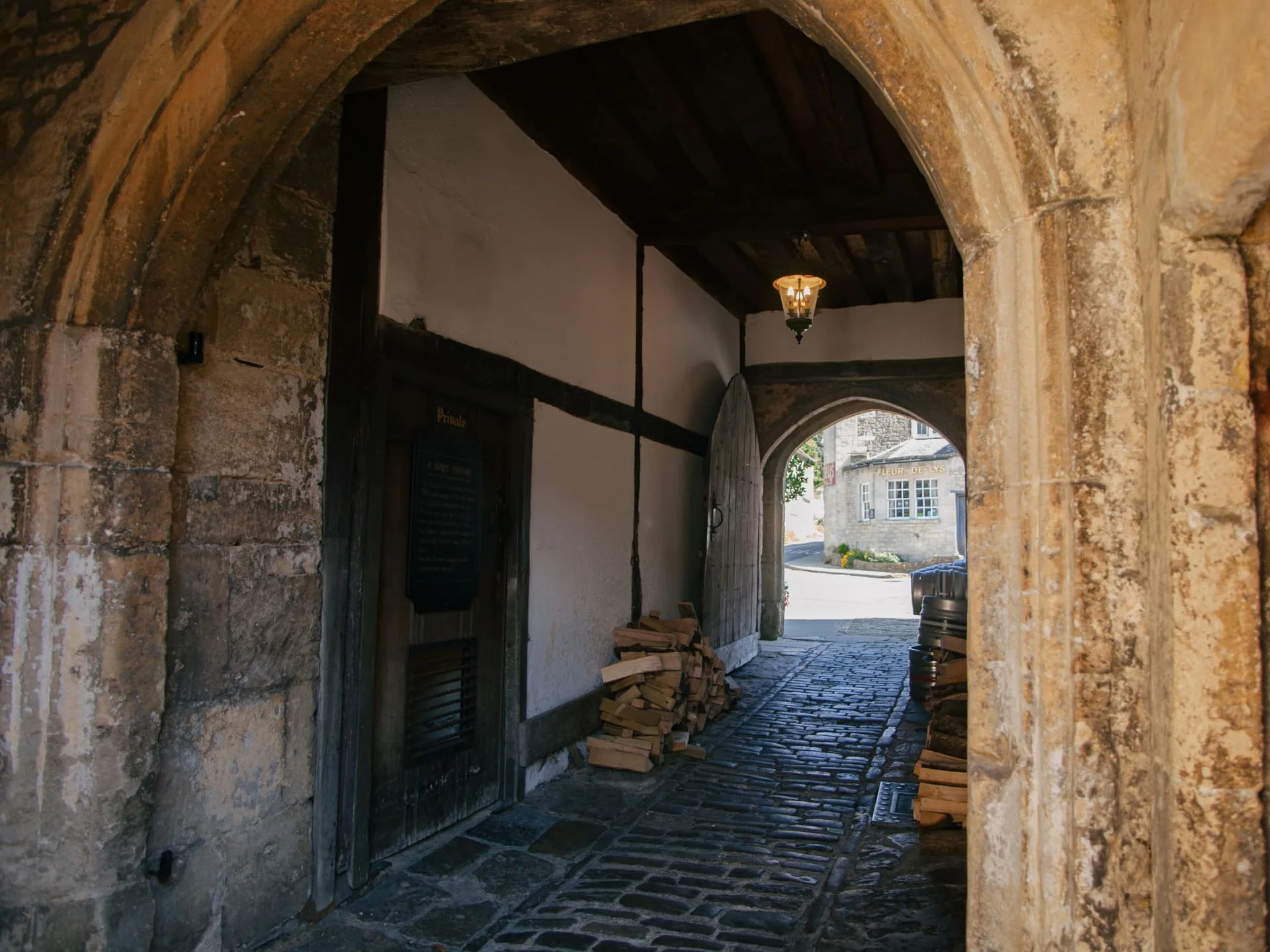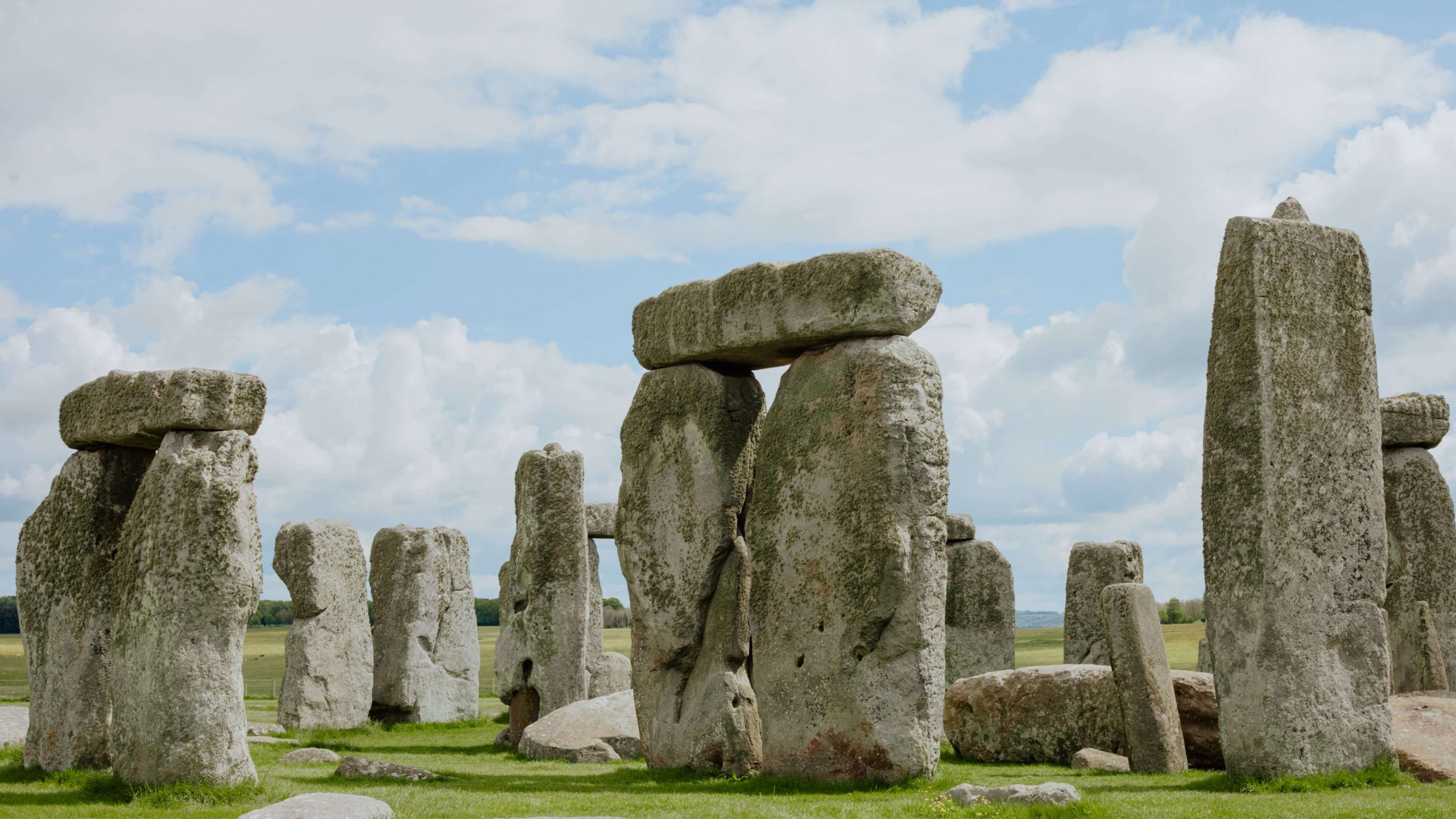
Stonehenge Explained: History, Construction, & Visiting Tips
January 23, 2020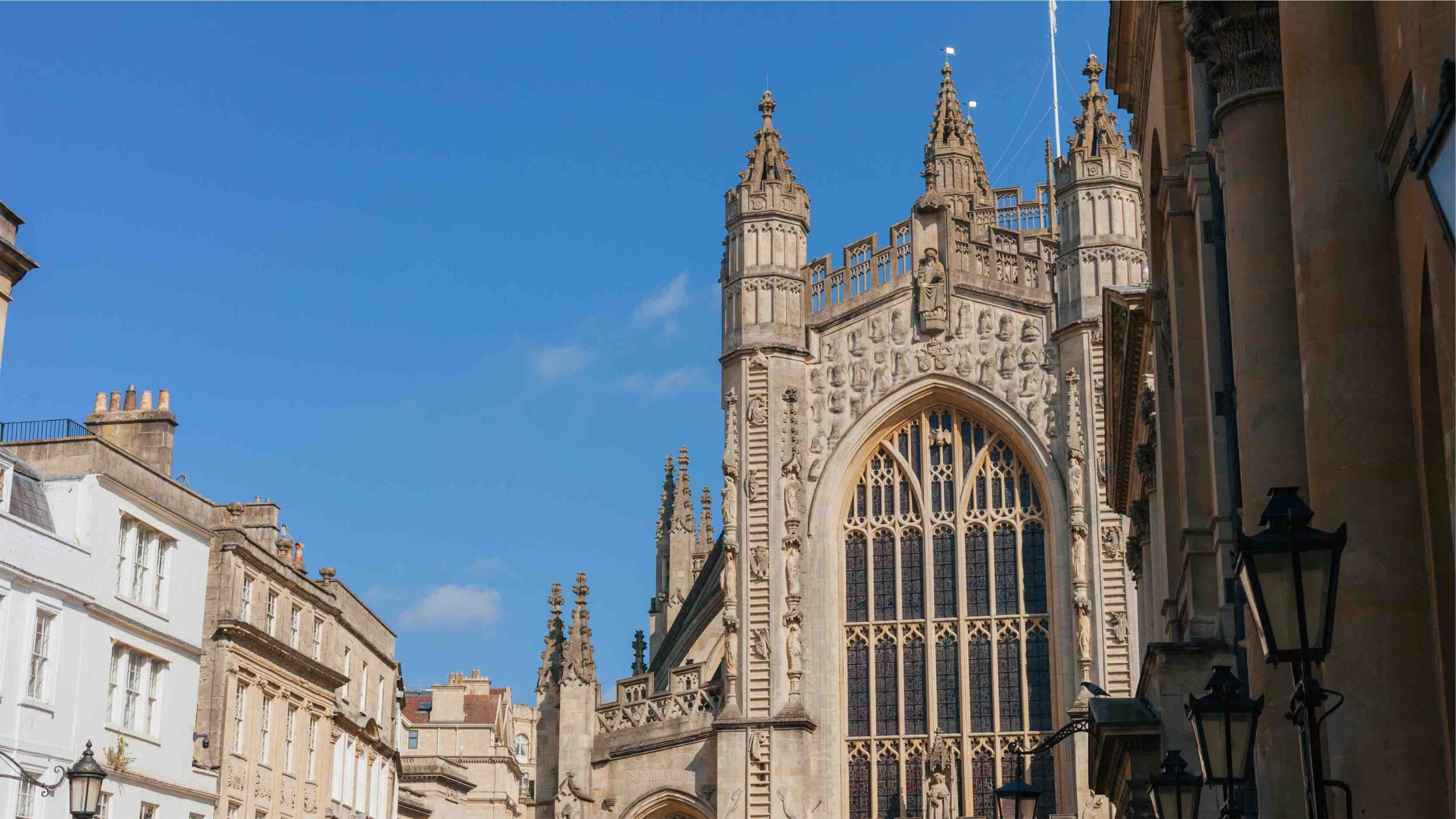
Top 10 Hidden Gem Attractions In & Beyond Bath
October 14, 2020Top 10 Attractions In & Beyond Bath
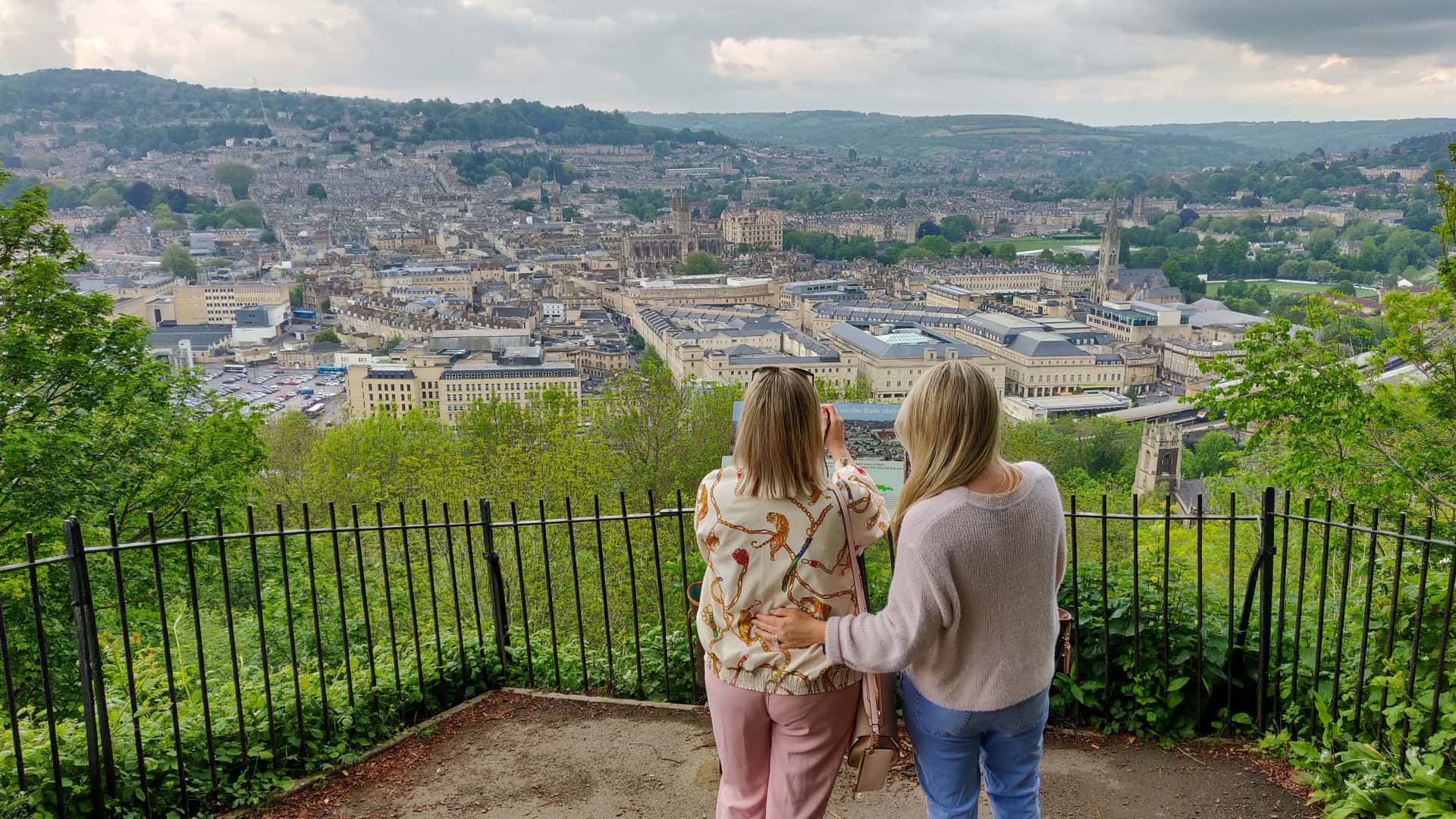
In short...
- Explore Bath’s iconic sights like the Roman Baths, Abbey, and Georgian architecture that earned the city UNESCO status
- Venture beyond Bath to uncover Stonehenge, Cheddar Gorge, and the hidden gems of the Southern Cotswolds
- Enjoy rich, immersive experiences from serene canals and stately gardens to vibrant cities like Bristol and medieval Wells
1) The Roman Baths

The Roman Baths are simply Bath’s jewel in the crown. Easily one of Britain’s most stunning attractions, the incredibly well preserved Roman bathing complex was accidentally rediscovered in 1878 and, through careful archaeological excavation, offers visitors a unique insight into Roman life.
The Baths were fed by a natural hot-spring and the building the Romans constructed around them was one of the greatest Roman Baths in the entire empire. Aside from the main bath and the men and women's bathing complexes, the attraction also takes visitors on a journey under the city streets to explore the adjoining Roman temple complex. The impressive remains combined with well designed audio-guides and 3D video recreations bring the entire place vibrantly to life.
2) Bath Abbey

Located in the centre of Bath, almost completely on top of the earlier Roman bath and temple complex (on purpose most likely) sits Bath Abbey. This Abbey has a long and complex history. Dating back to the 7th Century, Bath was one of the earliest centres of Christianity in Roman times and became a significant site for Christian worship in the centuries that followed.
The Abbey has had a turbulent history, undergoing several periods of grace and of squalor. At times it has been a Cathedral and was the scene of the first coronation of an English monarch, and yet at other times it has lain in a semi-ruinous state. The Abbey that you can see today was rebuilt in the 1500s in Gothic Perpendicular style, but following the subsequent turmoil brought by King Henry VIII’s Reformation, only fully completed in the 19th Century.
It is a striking piece of architecture in a city filled with striking architecture. Of particular note are the myriad of stone memorials pressed into the walls and floor of the Abbey commemorating the great and good of Bath during the city’s golden Georgian eras. The stonework, glass, and carvings are extraordinary, and a tower tour is highly recommended.
3) Stonehenge
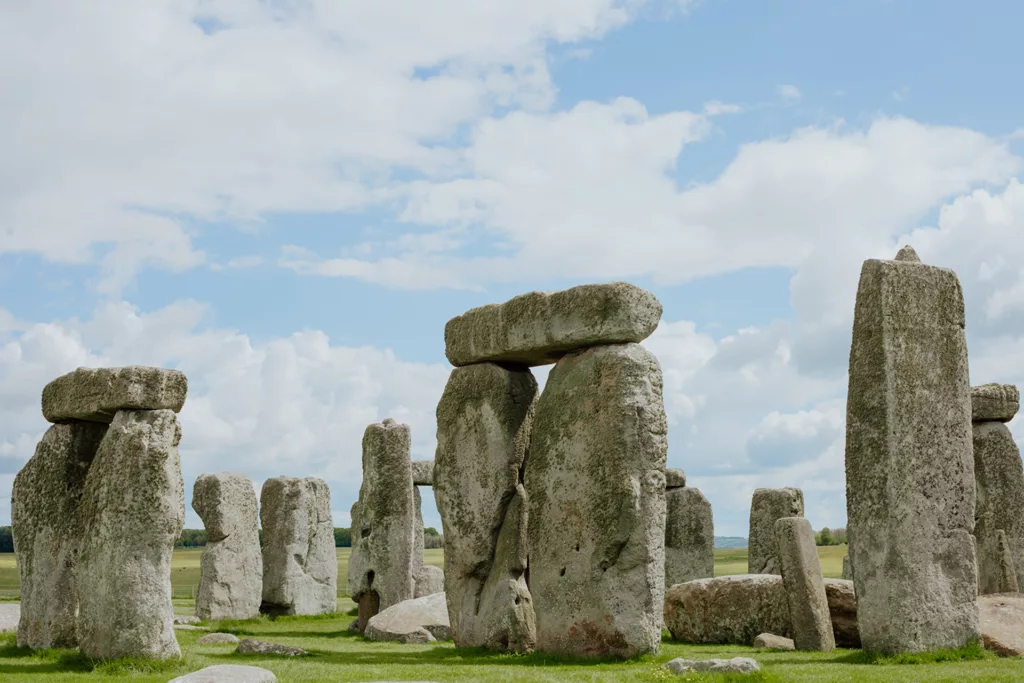
Arguably the world’s most recognised prehistoric site, Stonehenge is just under an hour from central Bath. Dated around 5,000 years ago, Stonehenge conjures up images of druids, pagan rituals, and a simpler, primitive life. In reality, Stonehenge far predates the druids, and popular thinking is that the circle, which exactly aligns with the summer and winter solstices, was designed by a society that was slowly shifting from ‘hunter-gatherer’ to farming so that they could measure where they were in the year for the first time. This early calendar evolved into the much more complex structure we’re familiar with today, and the site still invokes a sense of awe.
The new visitor centre means visitors can follow a path into the henge and get to within a few feet of the stones, but the true majesty of Stonehenge lies not only in the stone circle but the plethora of surrounding prehistoric structures such as burial mounds, ancient settlements and the nearby, but even older, cursus.
4) The Southern Cotswolds
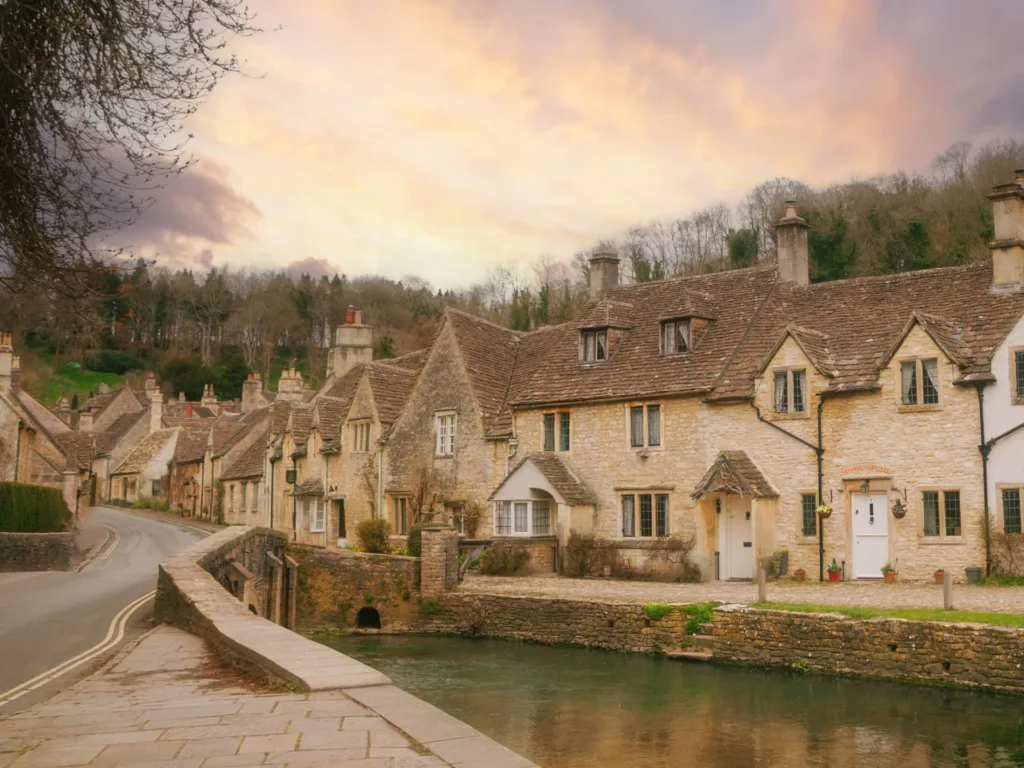
It is a little known fact, but Bath lies in the very southern end of the Cotswolds. The Cotswolds is a hilly region stretching from the north-east of Bath to the edges of Oxford in the east and Stratford-on-Avon in the north. Historically, the area was given over to sheep farming as the soil was too shallow and stony for growing crops.
The other feature of the Cotswolds is the bed-rock, Oolitic limestone. This soft, creamy, golden stone has been the main building material in the region for centuries and one of the main reasons the Cotswolds is so picturesque and popular with visitors far and wide. Most visitors today tend to gravitate towards the northern Cotswolds, leaving the sublime southern Cotswolds relatively unknown.
Britain’s prettiest village, Castle Combe, is just eight miles out of Bath, and Lacock, a beautifully preserved medieval Cotswolds town with National Trust Lacock Abbey, is a worthwhile visit a few miles further on. Furthermore, the world’s greatest arboretum (collection of trees) lies 15 miles or so north of Bath at Westonbirt, and Tetbury, an historic town renowned for its antiques and connections with Prince Charles, lies a few miles further up the road.
The entire southern Cotswolds region is filled with fascinating discoveries and offers huge rewards for those that take the time to explore it.
5) Bath’s Architecture: The Royal Crescent and Circus
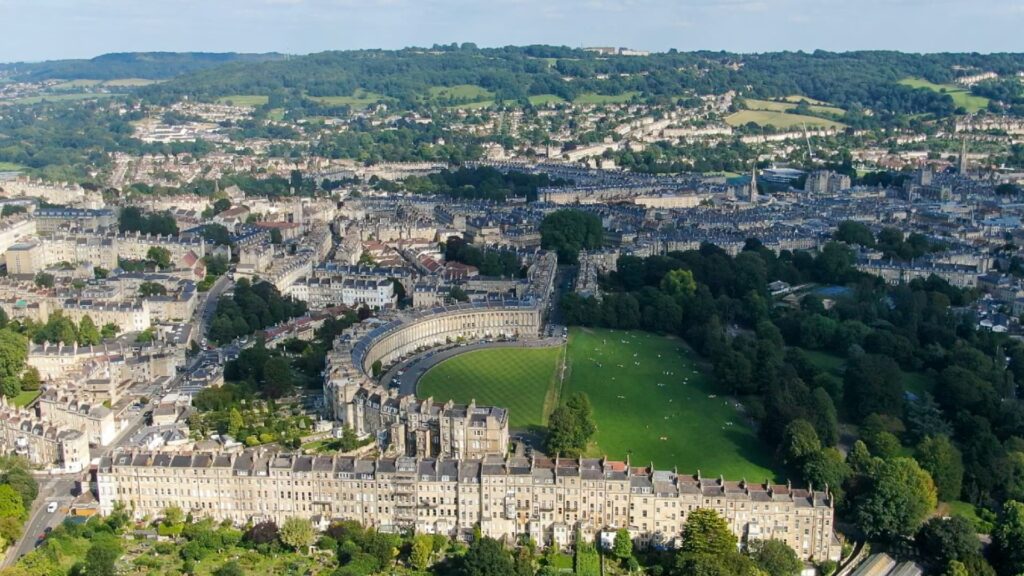
A visit to Bath would be incomplete without at least a passing attempt to admire the city’s architecture. The city is a Unesco World Heritage Site on account of its incredible Georgian architecture.
Bath was transformed in the 1700s, becoming the place to be seen for British high society and leading a revolution in architecture that, as a result of the British Empire, spread throughout the world. This transformation was led by John Wood who, following a trip to Italy, returned inspired by the work of Andrea Palladio, an architect who had begun resurrecting classical architectural conventions in his designs. John Wood’s Palladian designs set off a building boom employing this new style in Bath and then in Britain.
Bath’s most iconic Georgian building is the Royal Crescent, an imposing concave masterpiece completed by John Wood’s son, John Wood Junior, nearly 50 years after his father had begun work. John Wood Senior’s own pièce de la résistance is the nearby Circus, a building whose dramatic facade seemingly offers hidden references to numerology, stone masonry, and the occult.
There are so many notable buildings throughout Bath that it is difficult to list them all, but rest assured you’ll discover your own favourites as you wander the city’s small centre whilst keeping your eyes upwards and around you.
6) Cheddar Gorge
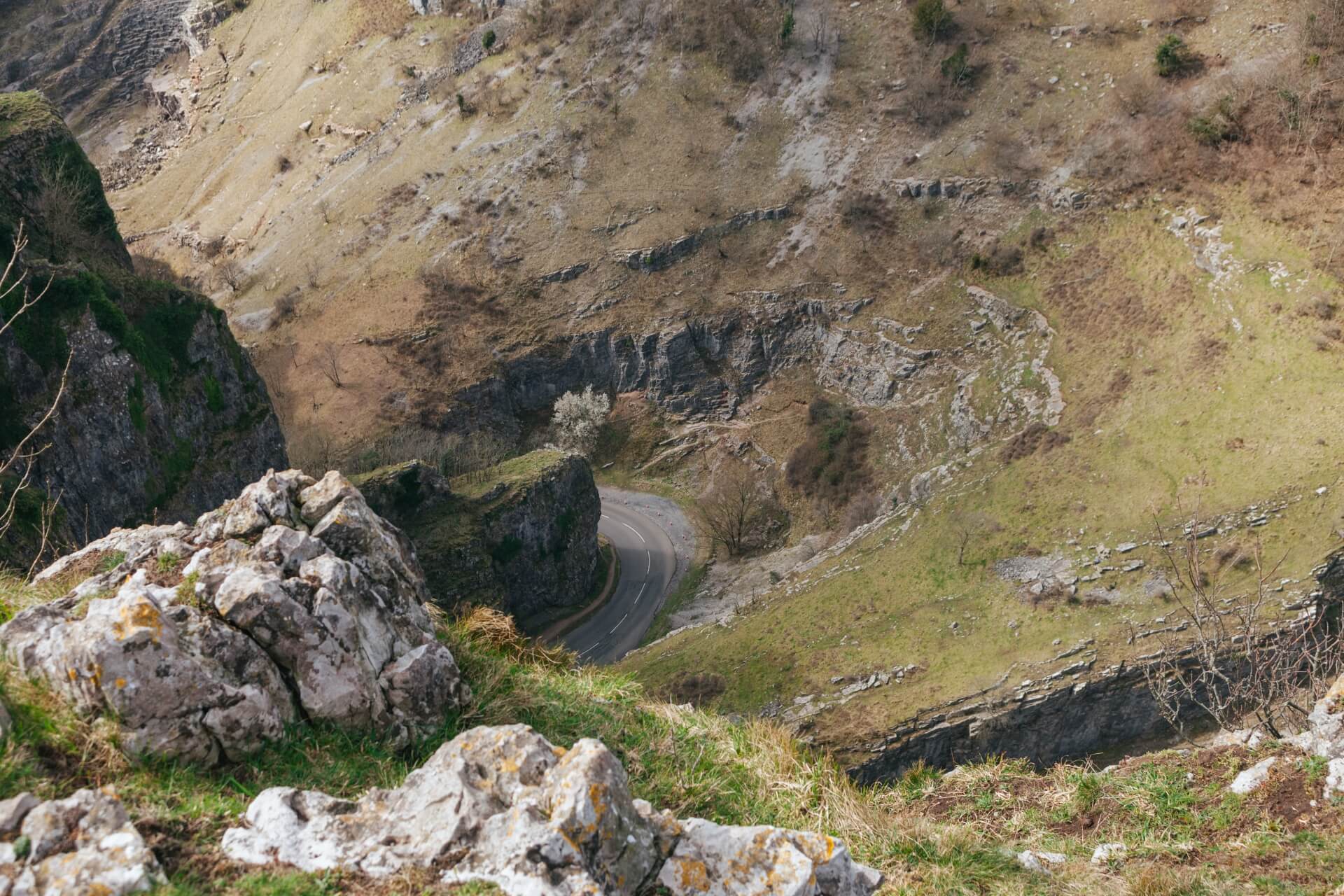
25 miles south-west of Bath lies Cheddar Gorge. This natural wonder is one of the largest gorges in Britain, and was formed over millions of years by water working its way off of the Mendip hills and down to the Somerset levels below, eroding the soft limestone as it went. Today the river that carved the gorge is entirely underground but the gorge that has formed is a wonderful place to visit for climbing, walking, pot-holing, cycling, and for enjoying incredible views.
The gorge also boasts several other worthy attractions. Since their discovery in the 19th century, the showcaves of Gough’s Cave and Cox’s Cave have drawn a steady stream of visitors underground, admiring their stunning subterranean caverns and structures. This is also the home of Cheddar Cheese, which traditionally is left to mature in the damp, dark caves – the perfect environment for the ageing process to do its work. The original Cheddar Cheese company can still be visited, with live demonstrations of the process and tastings available.
7) Wells
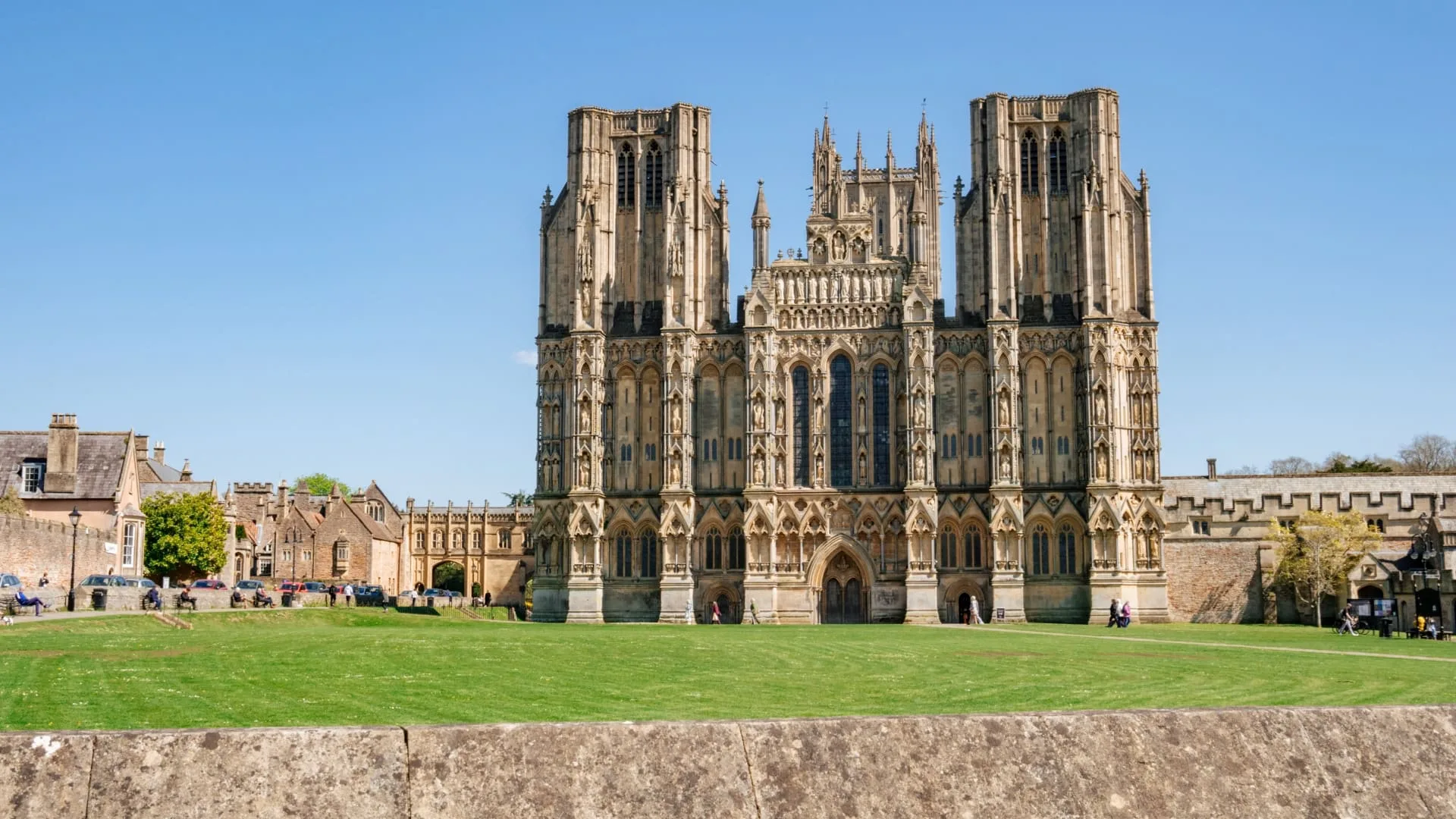
The medieval city of Wells has long been tied to Bath and a trip to England’s smallest city is well worth the investment in time. Just over an hour south of Bath, Wells was once an epicentre of ecclesiastic power over the south-west of England, with powerful Bishops exerting their might through their spiritual sway. It also had large private armies, wealth and impressive homes, so the place feels more ‘then’ than ‘now’. Wells Cathedral is one of England’s greatest treasures – the first Gothic Cathedral in England – and is home to numerous wonders including a fine collection of medieval books, a unique, historic clock, as well as some of the finest carvings, glass, and effergies found anywhere in the UK.
Next door is the extraordinary Bishop’s Palace and Gardens that was once home to the great Bishops of Bath and Wells, but now offers visitors an insight into medieval Christianity and incredible walks past the flower beds of the extensive grounds. Something worth exploring, even if you aren’t interested in the unbeatable views of the Cathedral that they provide.
8) Bristol
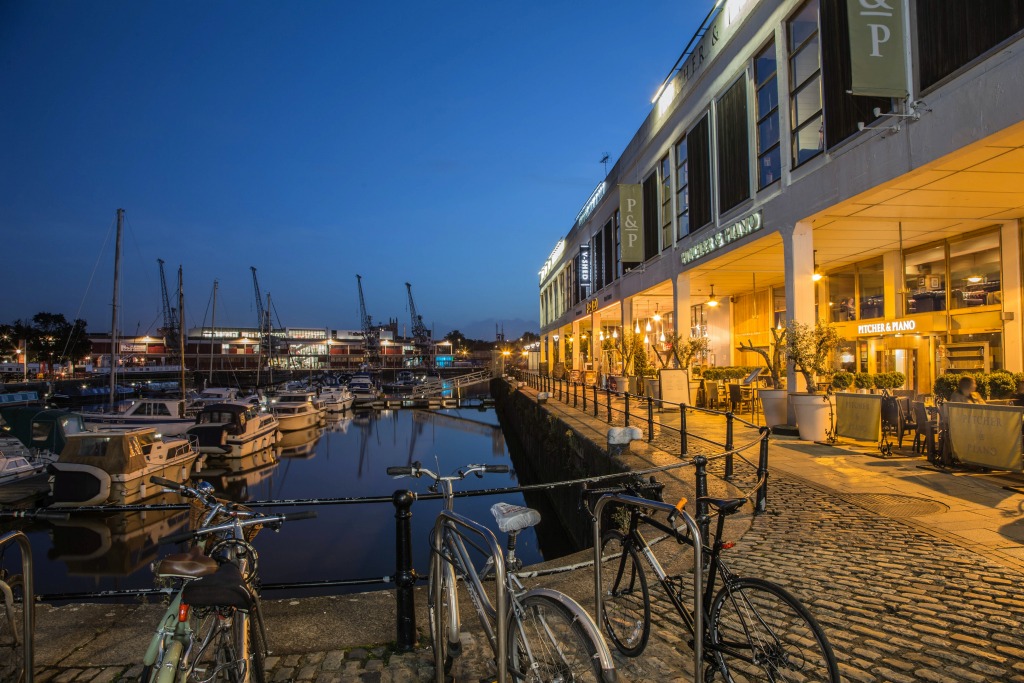
Bristol, Britain’s historic port in the east, is just 20 minutes from Bath by rail. I see Bristol and Bath as twin cities, much in the same way that Arnold Schwarzenegger and Danny DeVito were cast as ‘Twins’. Bristol and Bath may be indelibly linked due to their proximity, but whilst Bath can be said to be small, high-brow and homogeneous in nature, Bristol is very much the opposite. Historically Bristol’s success was tied to seafaring but modern Bristol is diverse, creative, and full of surprises.
Boasting a broad and impressive artistic heritage, including artists and musicians like Banksy, Portishead and Massive Attack, the city offers a livelier, grittier alternative to Bath. The city and harbour offer an array of attractions to suit every member of the family, and for those visitors looking to experience the best and breadth of modern-day Britain’s food, nightlife, and culture, Bristol is the place to head.
9) Stourhead Gardens and Estate

Home to arguably the most spectacular landscape gardens in the world, the National Trust’s Stourhead Estate evokes the romantic, bygone England of Jane Austen. It was an era when this small island was in the ascendency globally and its wealthy beneficiaries enjoyed all the benefits of rapid increases in fortune and prestige.
It was built as the country retreat for the Hoare family, one of London’s newly emerging and highly successful banking families at a time when Britain’s industrial revolution and imperial ambitions were rapidly building up steam. The estate and gardens were intended to reflect English superiority in culture and design. The house is a beautifully realised Palladian mansion (open to the public), but it is Capability Brown’s landscaped gardens and artificial lake that are truly exceptional. Inspired by classical landscape paintings, the garden is a living work of art, with faux temples, grottos and cottages carefully positioned around the lake to ensure that every viewpoint provides an unspeakably beautiful, serene picture. The expansive collection of trees and plants also means that the garden's aesthetic is constantly changing.
Visit in late spring to enjoy the explosion of rhododendrons in full flower, whilst late autumn is my particular favourite time to visit due to the riotous sea of reds, golds, and ochres that quietly and gently abandon the canopies for the ground below.
10) The Kennet and Avon Canal

The Kennet and Avon Canal is one of the true hidden gems in the Bath area. Built between 1784 and 1810, this waterway was constructed to provide a heavy goods transport link between Bristol in the west and London in the east. Superseded within a few decades by the revolutionary Great Western Railway, the canal teetered on for years, falling further into disrepair until the 1990s when enthusiasts began to repair and restore the historic waterway.
The canal passes through some stunning landscapes but the 20 miles of canal between Bath and Devizes to the east is truly magnificent, containing dramatic viaducts, a flight of 29 locks at Caen Hill, and fascinating towns en route such as Bradford on Avon. Bath’s section of canal is particularly noteworthy, and for those visitors looking for a little solitude, nature, and beauty away from the bustle of the city centre, a stroll besides the still waters, passing beneath elegant, wrought-iron footbridges whilst admiring the views down into central Bath, is simply unbeatable. As is hiring a narrow boat for a day and undertaking the short journey to Bradford and Avon and back. Or vice-versa!
I hope that this list of the Top 10 Attractions In & Beyond Bath has been of value to you. If you feel that we may have missed out on somewhere that you’d include in this top 10, or indeed have any suggestions that relate to visiting Bath, we’d love to hear from you. As passionate locals, we want to share the best and breadth of our region, and only share those places and experiences that fit our criteria of great service, great setting, great team, great values, and great experiences. If you’d like to get in touch, please do drop us a line with your recommendation and why we should consider it!

ABOUT THE AUTHOR
Jules Mittra
Ex-history teacher & tour guide, he has both academic insight as well as on-ground expertise.






